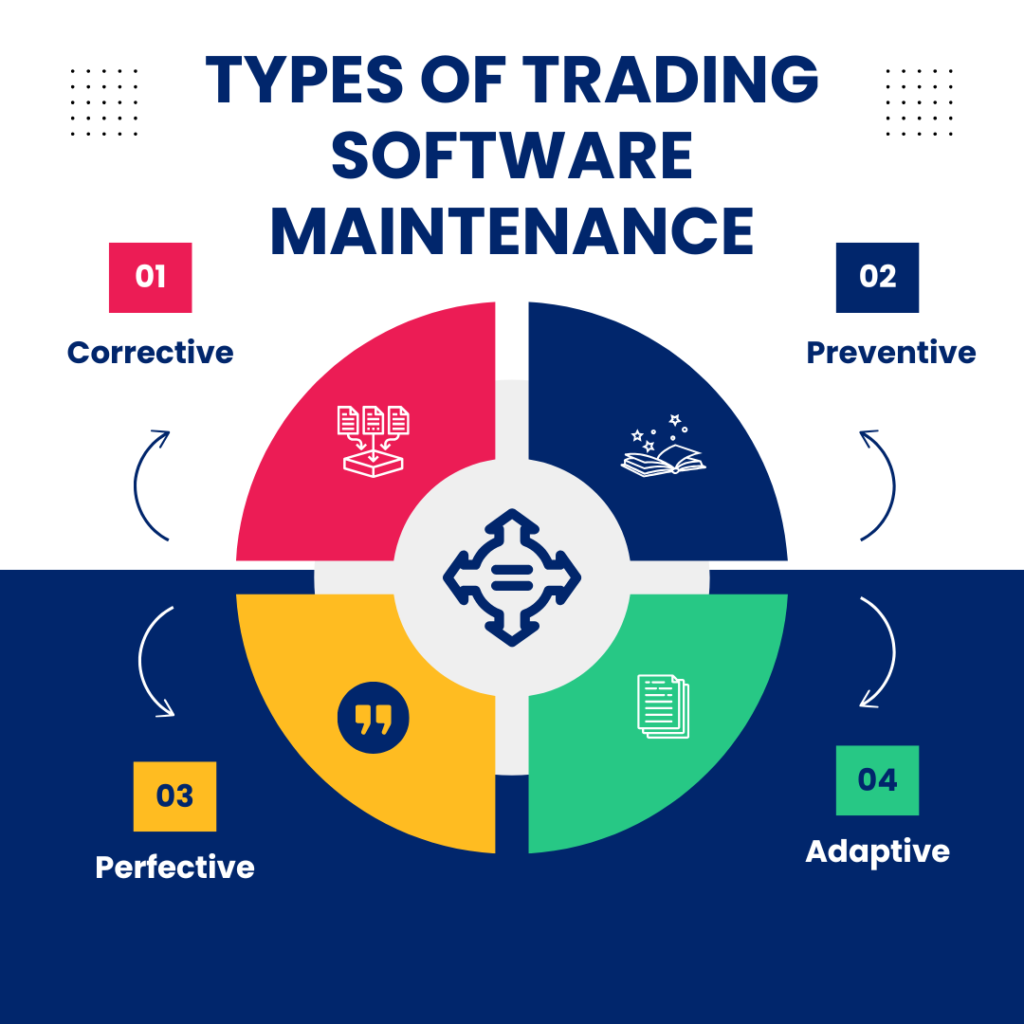Starting a brokerage firm is a highly profitable venture, particularly as internet trading develops popularity and attracts more consumers seeking active or passive income.
However, maintaining a trading platform can be difficult, requiring extensive technical knowledge to address system difficulties and adapt to changing market patterns and user preferences.
The server is the foundation of your organization, and sacrificing performance for cost savings is not an option. Many brokers choose to outsource maintenance, but is this genuinely better than doing it in-house?
Key Takeaways
- Trading servers are technological capabilities that enable trades and connect you to traders and liquidity providers.
- Maintaining servers can be expensive and time-consuming, necessitating meticulous planning to ensure their efficiency.
- In-house server management provides greater flexibility and control over your platform, but requires more time and resources.
- Outsourcing platform maintenance saves money while also providing access to dedicated specialists and support resources.
Understanding Trading Servers
Trading servers are dedicated computers or data centers that handle financial transactions. They provide traders and brokers with fast performance and low latency, ensuring a seamless trading experience.
Servers connect brokerage firms to liquidity providers, financial institutions, and trading venues via ultra-fast API connectivity and messaging protocols that update prices, newsfeeds, and order statuses.
This complicated system operates in the background, allowing traders to watch markets, select assets, make orders, and manage their funds directly from the trading interface. The larger the platform, the stronger it must be. FX trading servers process massive amounts of market data, execute deals in real time, and offer a streamlined order management system.
Why is Trading Platform Maintenance Necessary?
Maintenance becomes increasingly important as market trends, customer preferences, and regulatory frameworks evolve. It comprises hardware optimization, software updates, and cybersecurity measures to improve trading performance while adhering to financial regulations.
Trading software maintenance is critical to ensuring system stability, security, and efficiency, particularly in financial markets that run around the clock. This necessitates continuous monitoring to avoid unplanned downtime, system breakdowns, security breaches, and trading disruptions. Without effective system management, trading platforms may experience slow execution speeds, high latency, or security flaws. Brokers handle time-sensitive transactions involving large sums of money, thus any delay can result in enormous financial loss.
Routine updates optimise system efficiency, address issues, and enhance the user experience. Investors are more inclined to trust your platform if you proactively maintain the server and offer a smooth trading experience for all users.
Technical Aspects
Several technical components are operating concurrently while traders purchase and sell assets, interact with financial markets, and manage their funds. Payment services, transactions with digital wallets, sourcing liquidity, updating price charts, reflecting market circumstances, and a variety of other tasks take place in the background.
Keeping these instances operational necessitates extensive knowledge and skills in system development operations (DevOps), data analysis, risk management, tracking and monitoring, software development, and security standards.
Here’s a quick look at the technical aspects of trading servers.
- Software updates are patches that repair flaws and improve functionality.
- Server management enables fast processing and transaction execution.
- Security includes anti-DDoS defense, encryption, and firewalls.
- Data security includes market data and trade execution logs.
- Backup options to avoid data loss.
- Scalability refers to the ability to handle shifting trading volumes.
- API: A seamless connectivity between liquidity sources and third-party service providers.
Types of Trading Software Maintenance

Brokers perform many forms of system maintenance. Not every platform service is designed to resolve current issues. Some are done to prevent problems, while others are implemented to improve service.
Corrective
The most prevalent method of server maintenance. It responds to emerging system concerns such as software defects, system crashes, and trade failures. These changes ensure that the trading platform is stable and effective.
These issues demand rapid action since they impair service delivery, and prolonged disruptions might drive traffic away from your website.
Preventive
It is a forward-looking technique that comprises measuring system key indicators, evaluating their performance, and making the necessary changes to assure continuous service.
Preventive server maintenance might include resolving minor issues that could escalate if left unattended, doing routine system checks, optimizing performance, and updating security to avoid failures before they happen.
Perfective
This style of service caters to user expectations and evolving preferences. To keep up with current trends, brokers may add a new feature or modify an existing one.
At the same time, it may entail eliminating obsolete functions that are no longer needed and just preserving useful ones that benefit users.
Adaptive
This maintenance type tries to accommodate and adapt to new technologies, market launches, and regulatory frameworks required to function lawfully and efficiently.
They may include moving to cloud storage, changing operating systems, upgrading hardware and software, and following legally mandated procedures.
Platform Service Process
Trading platform management demands a methodical approach. While developers and teams make changes in diverse ways, having a clear step-by-step method is critical for data logging and quality assurance.
Issue Identification: Monitoring tools discover system irregularities or technological inefficiencies and issue notifications for further investigation.
Diagnosis and Analysis: Engineers examine logs and user complaints to identify the source of the problem and estimate its impact.
Planning and Design: Creating security patches and code updates to upgrade or optimize the system.
Implementation and Updating: Performing any bug fixes or code updates required to resolve the current issue.
Testing: Stress testing to ensure system reliability prior to deploying the planned upgrade.
Deployment and Monitoring: Providing updates and monitoring system performance in the event of a malfunction.
User Feedback: Collecting feedback from traders to develop future tactics and ensuring system changes meet user demands.
In-House vs Outsourcing Trading Platform Management
A crucial decision that you must make when planning your trading server management is whether to use an in-house team or outsource maintenance to a third party. The answer depends on a variety of factors and reasons.
Outsourcing server service is fast and dependable in maintaining your software infrastructure, while internal housekeeping provides you total control over all technical elements. Let’s compare and contrast.
Conclusion: Which One Should You Choose?
The decision between in-house and outsourced trading platform maintenance is based on budget, expertise, and objectives.
Although in-house teams provide complete control, they are expensive and resource intensive. They are also appropriate for projects that don’t require an instant launch.
Outsourcing delivers skilled assistance, financial savings, and ongoing monitoring without the need for internal infrastructure. If you want a cost-saving option to increase your platform operations, external teams can manage your security, compliance, and scalability requirements more efficiently.

